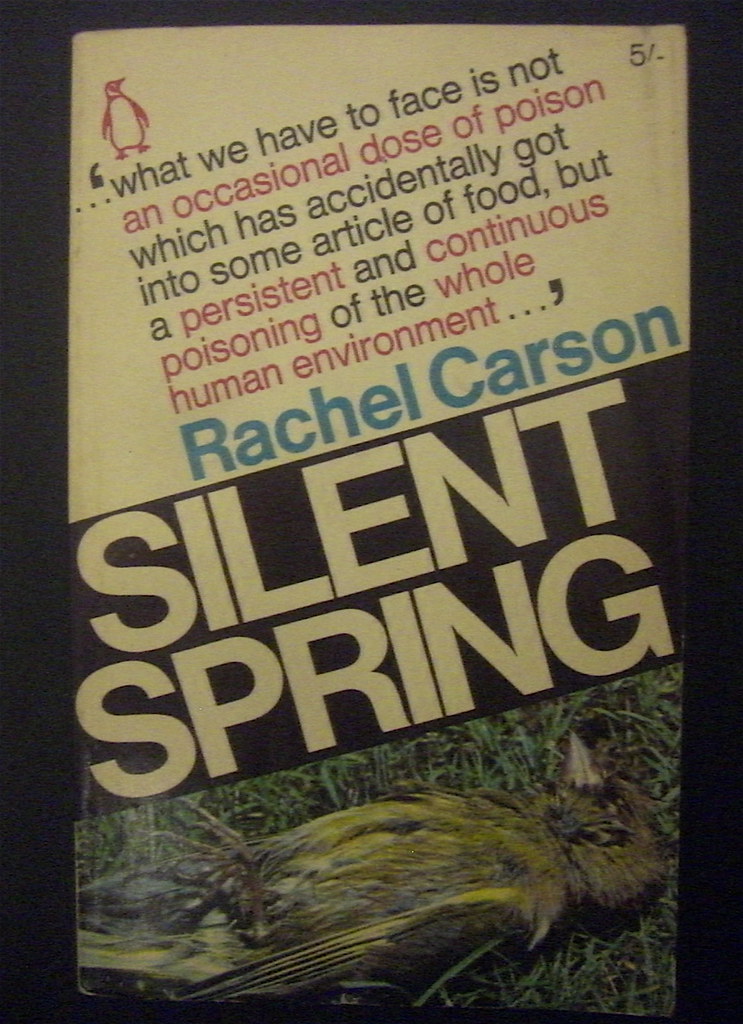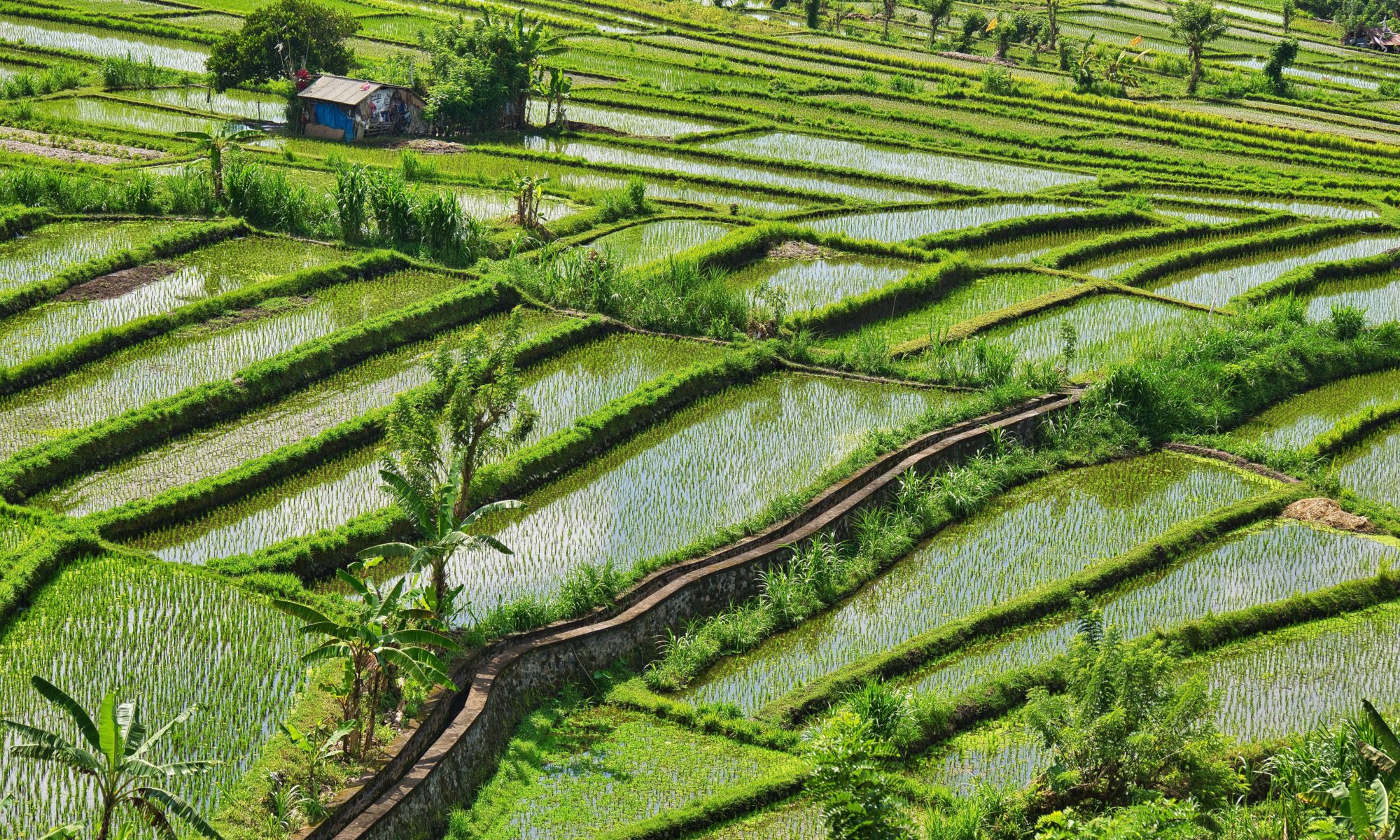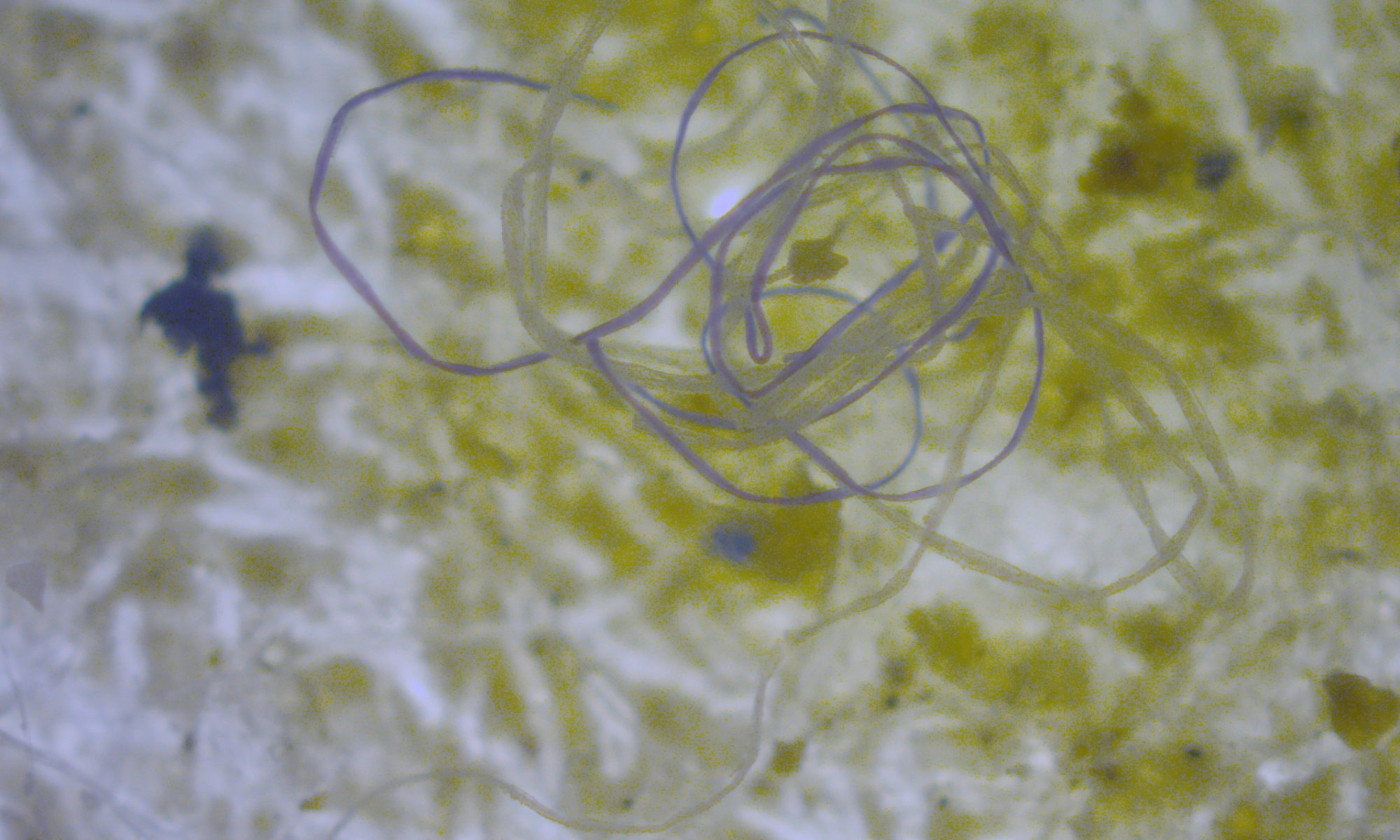Featured Image: Global militaries are a major contributor to climate change, however, we face many challenges when assessing their environmental footprint. Copyright: CC BY-SA 4.0 via. wikimedia commons.
Report: Estimating the Military’s Global Greenhouse Gas Emissions (2022)
Authors: Dr. Stuart Parkinson & Linsey Cottrell
Organisations: Scientists for Global Responsibility & Conflict and Environment Observatory
War is likely to worsen in the near-future as climate change forces more disasters, political instability, and poverty onto the planet and strains resource supplies. Yet war is not just a product of climate change: it is also a major cause. In addition to the societal devastation it creates, militarism is a major emitter of greenhouse gases and contributor to environmental degradation. Politicking from the worst emitters has ensured that military emissions are shielded from the same type of accountability seen across other sectors such as agriculture, transport, land use, technology, and waste. For example, the latest installment of the IPCC report barely mentioned military emissions despite its immensely detailed analysis of other sectors. A recent report from Stuart Parkinson (Scientists for Global Responsibility) and Linsey Cottrell (Conflict and Environment Observatory) helps correct this oversight and unpacks the impact of war on climate change.
Continue reading “How Much is War Fuelling the Climate Crisis?”





